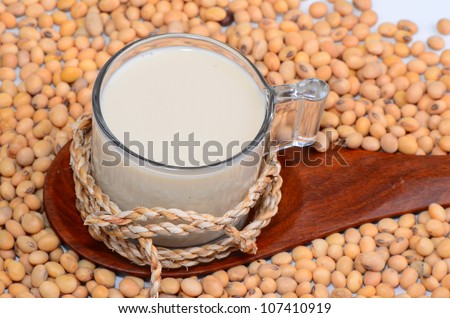 |
| Daidzein,486-66-8 |
The major soy isoflavones include daidzein and genistein. These types of compounds have a structure similar to a mammalian estrogen. They also bind to estrogen receptors in animal and human cells. Thus, they are known as phytoestrogens, or estrogens from plants. They have been implicated as anticancer agents for hormone-based cancers, such as breast and prostate cancer.
Soybeans and soy products — such as soy flour, tofu, and soy milk — are major components of Asian diets. and soy flour, miso, and roasted soybeans are all good sources of isoflavones.There are also isoflavone supplements on the market containing significant amounts of daidzein and genistein, another anti-cancer phytoestrogen found in soy.
Daidzein has both weak estrogenic and weak anti-estrogenic effects. Daidzein has also antioxidant activity. Foti P. et al of the Department of Food Science and Microbiology (University of Milan) compared the antioxidant activity daidzein and genistein. antioxidant activity in primary and cancer lymphocytes. Their results showed that daidzein is just as effective as genistein in protecting cells against oxidative damage of DNA. The antioxidant activity of daidzein was measured at concentration which could be obtained by consumption of soy products.
The anti-estrogenic effect of daidzein may explain its anti-carcinogenic, anti-atherogenic and anti-osteoporotic activity. Epidemiological studies have long shown that people who consume a lot of soy have reduces incidences of prostate cancers. This benefit of soy could be explained by the anti-cancer and antioxidant activity of daidzein.
Constantinou AI et al (Department of Surgical Oncology, University of Illinois at Chicago) studied the effect of daidzein on the capacity of tomaxifen to prevent mammary tumours. They concluded that the combination of daidzein and tamoxifen produces increased protection against mammary carcinogenesis: tumour multiplicity was reduced by 76 percent and tumor incidence by 35 percent.
Daidzein seems to reduce the risk for osteoporosis. Studies have shown that daidzein stimulates the formation of osteoblasts, which are cells that produce bone mass.
There are also indications that daidzein may reduce the dependence on alcohol. Keung WM et al of the Center for Biochemical and Biophysical Sciences and Medicine, Harvard Medical School, Boston, showed that an extract of Radix Puerariae suppressed the free-choice ethanol intake of ethanol-preferring hamsters. The herb Radix Puerariae contains daidzein and is used in China as a traditional Chinese medicine for alcohol addiction and intoxication.
Daidzein is a phytochemical that is found in soybeans, peas, and other plants, such as kudzuand red clover. It is a polyphenol in a class of flavonoids known as isoflavones. Soy isoflavones have been widely studied for their effects on human health. These include antioxidant activity and protection against various types of cancer.
没有评论:
发表评论